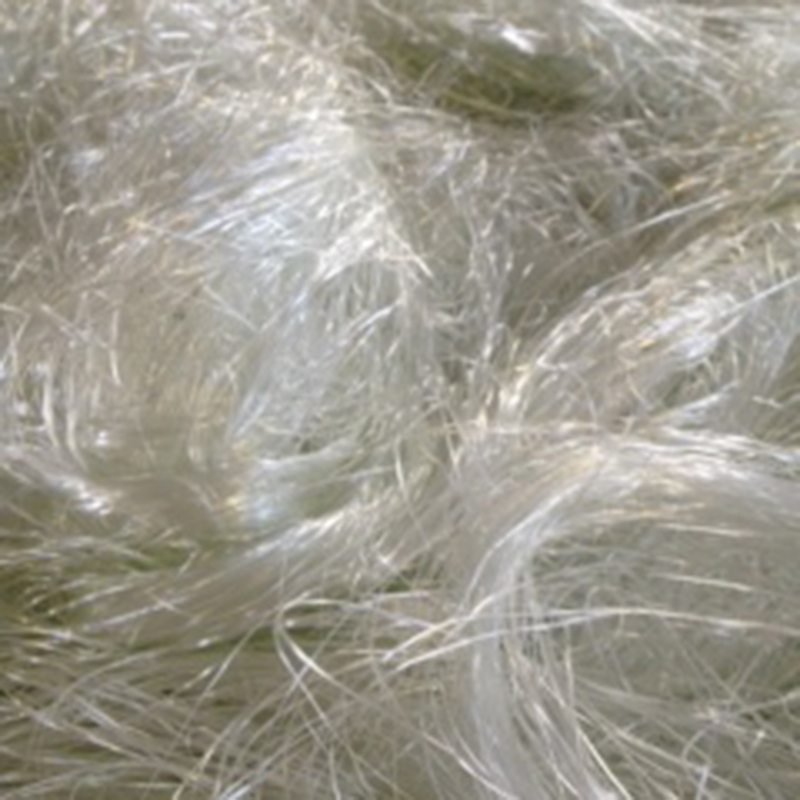Product Description
Wollastonite, a natural needle-like mineral material, has gained recognition for its valuable properties and contributions to the glass fiber industry. Composed primarily of SiO2 (53%) and CaO (44%), wollastonite offers numerous benefits when compared to traditional ingredients such as silica sand.
One significant advantage of using wollastonite in glass fiber production is its lower hardness compared to silica sand. While silica sand has a hardness of 7 on the Mohs scale, wollastonite’s hardness measures at 4.5. This disparity in hardness results in the presence of coarse grains larger than 250um in the required 45um powders when using silica sand. These coarse grains often cause problems such as fiber breakage. However, by incorporating wollastonite, which has a lower hardness, the formation of these coarse grains is significantly reduced, leading to improved fiber quality and reduced fiber breakage.
Moreover, the melting point of silica sand exceeds 2000°C, while wollastonite has a significantly lower melting point of only 1450°C. This disparity in melting points presents an opportunity for substantial energy savings in glass fiber production. By replacing silica sand with wollastonite, the energy consumption required for melting can be significantly reduced, leading to cost savings and environmental benefits.
In addition to its energy-saving properties, wollastonite also offers advantages in reducing CO2 emissions. Wollastonite’s CaO content can partially replace the use of CaCO3, a common ingredient in the glass fiber manufacturing process. By reducing the consumption of CaCO3, the emission of CO2, a greenhouse gas, is also reduced. This reduction in CO2 emissions aligns with sustainability goals and contributes to a more environmentally friendly production process.
Wollastonite’s benefits in glass fiber application extend beyond energy efficiency and reduced emissions. Its presence in the glass fiber formulation accelerates the forming of glass, allowing for faster production cycles and increased efficiency. Additionally, wollastonite acts as a reinforcing agent in the glass fiber, enhancing its mechanical properties and improving overall performance.
Furthermore, wollastonite serves as a stabilizer during the glass fiber manufacturing process. Its inclusion helps to maintain the consistency and homogeneity of the glass fiber composition, resulting in uniform and high-quality products. Additionally, wollastonite acts as a melting flux, aiding in the fusion and smooth flow of the molten glass during production.
In summary, the incorporation of wollastonite in glass fiber applications offers a range of benefits. It provides energy savings, reduces CO2 emissions, accelerates glass forming, reinforces the glass fiber, acts as a stabilizer, and serves as a melting flux. These advantages make wollastonite an invaluable material in the glass fiber industry, improving efficiency, product quality, and environmental sustainability.








